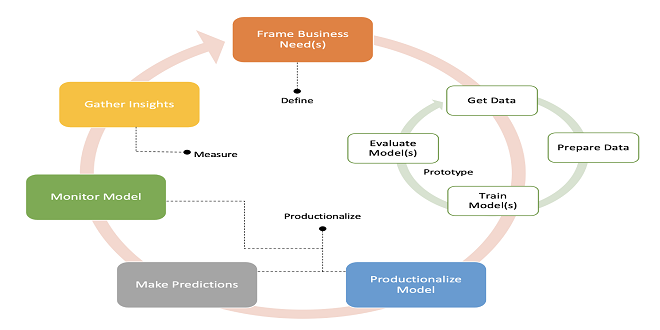3 Tips for Creating an Effective Social Media Strategy

In the digital age, a well-crafted Portland social media marketing services is essential for businesses and individuals alike. It’s not just about posting content; it’s about connecting with your audience, building your brand, and achieving your goals. Here are three tips to help you create an effective social media strategy:
- Define Your Goals and Objectives
Before diving into social media, it’s crucial to define clear and measurable goals. What do you want to achieve with your social media presence? Your goals could include:
Increasing Brand Awareness: If you’re a new business or looking to expand your reach, this might be your primary goal. You can measure it by tracking follower growth, reach, and engagement.
Driving Website Traffic: If you want to direct more visitors to your website, focus on sharing content that encourages clicks and tracks referral traffic.
Generating Leads: Social media can be a powerful lead generation tool. Use strategies like contests, giveaways, and lead magnets to collect contact information.
Boosting Sales: If your goal is to increase sales, consider using social media advertising to target specific audiences with compelling offers.
Building Customer Loyalty: Engage with your audience to build strong relationships and turn one-time customers into loyal brand advocates.
Once you’ve defined your goals, ensure they are specific, measurable, achievable, relevant, and time-bound (SMART). Having clear objectives will guide your content creation and help you measure your success.
- Know Your Audience
Understanding your target audience is fundamental to creating content that resonates. Consider these steps:
Demographic Information: Know the age, gender, location, and other demographic details of your audience. This information helps you tailor your content.
Psychographics: Dive deeper into your audience’s interests, values, and behaviors. What are their pain points, desires, and aspirations? This insight allows you to create content that speaks directly to them.
Platform Preferences: Different demographics favor different social media platforms. Be where your audience hangs out. For example, younger users may be more active on Instagram and TikTok, while professionals often engage on LinkedIn.
Engagement Data: Analyze your past social media posts to identify which types of content receive the most engagement. Use this data to inform your future content strategy.
Feedback and Surveys: Collect feedback directly from your audience through surveys, polls, and social media interactions. This helps you understand their needs and preferences.
- Plan Your Content and Posting Schedule
Consistency is key in social media marketing. Create a content calendar that outlines what you’ll post and when. Consider the following tips:
Content Variety: Diversify your content to keep your audience engaged. This can include blog posts, videos, infographics, user-generated content, and behind-the-scenes glimpses.
Visual Appeal: High-quality visuals are essential. Invest in professional images and graphics that align with your brand’s aesthetic.
Frequency: Determine how often you’ll post. Consistency matters more than frequency, so choose a schedule you can realistically maintain.
Timing: Use social media analytics to identify the times when your audience is most active. Schedule your posts for these peak engagement hours.
Engagement: Respond to comments and messages promptly. Engaging with your audience shows that you value their input and fosters a sense of community.
Content Optimization: Use relevant hashtags, keywords, and tags to increase the visibility of your posts. Tailor your content for each platform’s algorithms.
Testing and Iteration: Social media is dynamic. Regularly review your analytics to assess what’s working and what isn’t. Adjust your strategy accordingly. Visit Gramhir to find out more information
Remember that your social media strategy should evolve based on your goals and audience feedback. Be open to experimentation and adaptation as you learn more about what resonates with your followers.
By defining clear objectives, understanding your audience, and planning your content and posting schedule strategically, you can create a social media presence that not only engages but also delivers tangible results. Stay agile, track your progress, and adjust your strategy as needed to keep your social media efforts effective and impactful.





